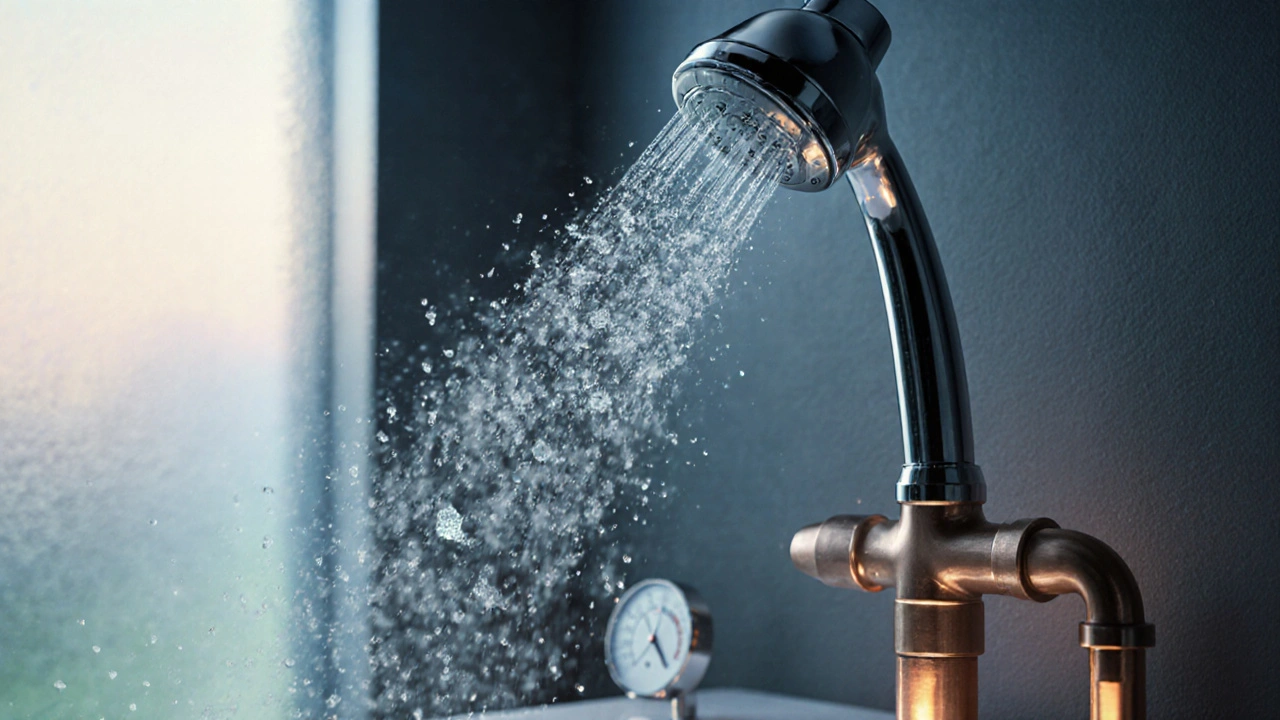Legionnaire's Disease: What You Need to Know
Legionnaire's disease is a type of pneumonia caused by Legionella bacteria. These tiny germs love warm, damp places like hot tubs, showerheads, and cooling towers. When people breathe in tiny droplets that contain the bacteria, they can get sick. Most healthy adults get a mild cough or flu‑like feeling, but older folks, smokers, and those with weak immune systems can end up in the hospital.
Typical Symptoms and When to Seek Help
The first signs often look like a regular cold: fever, chills, muscle aches, and a headache. Within a day or two, a dry cough and shortness of breath may appear. Some people notice loss of appetite, nausea, or diarrhea. If you have any of these symptoms after staying in a hotel, using a spa, or working near large air‑conditioning systems, call a doctor fast. Early diagnosis can keep the illness from getting severe.
How Doctors Diagnose and Treat It
Doctors usually start with a chest X‑ray to see if the lungs look infected. They’ll also order a lab test called a urinary antigen test, which spots Legionella proteins in a urine sample. Blood cultures and sputum tests can confirm the exact strain. Treatment means antibiotics—most often a fluoroquinolone like levofloxacin or a macrolide such as azithromycin. The full course lasts about 10‑14 days, and most people feel better within a week.
Preventing Legionella is mostly about keeping water systems clean. Facilities should run hot water at least 60 °C (140 °F) and regularly disinfect cooling towers. If you run a home hot tub, change the water every few weeks and use a proper sanitizer. For travelers, it helps to ask hotels about their water‑maintenance schedule.
High‑risk groups should stay extra vigilant. Older adults, people with chronic lung disease, and anyone on immunosuppressive meds need to watch for any sudden fever or cough after visiting places with large water systems. A quick call to a healthcare provider can get you the right tests before the infection spreads.
In summary, Legionnaire's disease is a preventable water‑borne pneumonia. Recognize the fever, cough, and muscle aches, especially after exposure to hot tubs or large AC units. Get tested early, follow the prescribed antibiotics, and keep water systems clean to lower the risk for yourself and others.

How Plumbing Systems Contribute to Legionnaire's Disease Outbreaks
Learn how plumbing systems spread Legionnaire's disease, identify high‑risk fixtures, and follow practical steps to prevent outbreaks.
view more